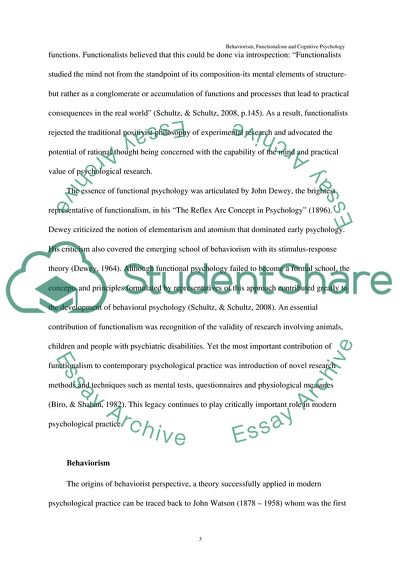Cite this document
(Behaviorism, Functionalism and Cognitive Psychology: History and Coursework, n.d.)
Behaviorism, Functionalism and Cognitive Psychology: History and Coursework. https://studentshare.org/psychology/1729456-how-behaviorism-functionalism-cognitive-psychology-is-applied-today
Behaviorism, Functionalism and Cognitive Psychology: History and Coursework. https://studentshare.org/psychology/1729456-how-behaviorism-functionalism-cognitive-psychology-is-applied-today
(Behaviorism, Functionalism and Cognitive Psychology: History and Coursework)
Behaviorism, Functionalism and Cognitive Psychology: History and Coursework. https://studentshare.org/psychology/1729456-how-behaviorism-functionalism-cognitive-psychology-is-applied-today.
Behaviorism, Functionalism and Cognitive Psychology: History and Coursework. https://studentshare.org/psychology/1729456-how-behaviorism-functionalism-cognitive-psychology-is-applied-today.
“Behaviorism, Functionalism and Cognitive Psychology: History and Coursework”. https://studentshare.org/psychology/1729456-how-behaviorism-functionalism-cognitive-psychology-is-applied-today.


